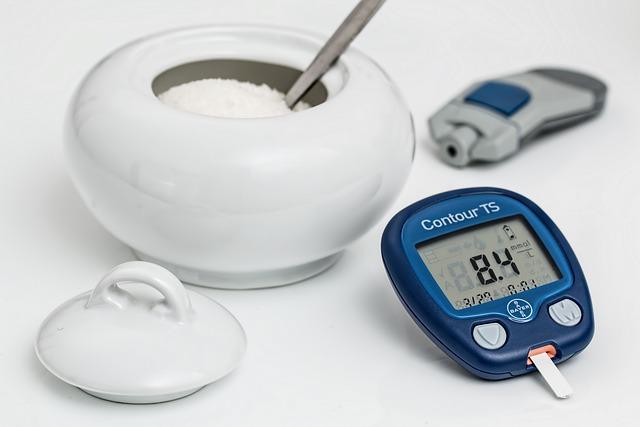
Blood lancets are a commonly used medical device that allows for safe and effective blood sampling for various healthcare purposes. Whether you are a healthcare professional or an individual who needs to regularly monitor their blood glucose levels, knowing how to properly use blood lancets is essential for maintaining both safety and effectiveness. In this essential guide, we will discuss the proper usage of blood lancets, safety precautions to be aware of, and tips for maximizing their effectiveness.
What are Blood Lancets?
Blood lancets are small, sharp tools that are used to puncture the skin and draw a small amount of blood. They are often used in conjunction with devices such as lancet holders or lancing devices, which help control the depth of the puncture and prevent accidental injuries. Blood lancets are commonly used in healthcare settings for procedures such as blood glucose monitoring, cholesterol testing, and blood typing.
How to Use Blood Lancets Safely and Effectively
When using blood lancets, it is important to follow proper safety precautions to minimize the risk of infection or injury. Here are some essential steps for using blood lancets safely and effectively:
1. Wash your hands thoroughly with soap and water before handling the lancet and any other related equipment. This helps prevent the spread of bacteria and other harmful pathogens.
2. Choose the appropriate lancet size and gauge for your needs. Lancets come in various sizes and gauges, with smaller gauges being less painful but producing smaller drops of blood. Consult with your healthcare provider to determine the best option for your specific situation.
3. Prepare the lanceting device according to the manufacturer’s instructions. This may involve loading a new lancet into the device, adjusting the depth setting, and ensuring that all components are securely in place.
4. Cleanse the puncture site with an alcohol swab or other disinfectant to reduce the risk of infection. Allow the area to dry completely before proceeding.
5. Hold the lancet device firmly against the puncture site and press the trigger button to activate the lancet. The lancet will quickly puncture the skin and draw a small amount of blood.
6. Remove the lancet from the device and properly dispose of it in a sharps container. Do not attempt to recap or reuse lancets, as this can increase the risk of needlestick injuries.
7. Apply pressure to the puncture site with a clean gauze pad or cotton ball to stop any bleeding. Bandage the site if necessary and monitor for any signs of infection or other complications.
Safety Precautions for Using Blood Lancets
In addition to following the proper steps for using blood lancets, it is important to be aware of some key safety precautions to ensure a safe and effective experience. Here are some important safety tips to keep in mind when using blood lancets:
1. Never share lancets with another person, even if you have sterilized the device. Sharing lancets can transmit bloodborne pathogens such as HIV or hepatitis, increasing the risk of infection for both parties.
2. Dispose of used lancets in a designated sharps container immediately after each use. Do not throw lancets in the regular trash, as this can pose a risk of accidental needlesticks for waste handlers.
3. Store lancets and related equipment in a clean, dry, and secure location to prevent contamination or damage. Keep lancets out of reach of children and pets, as they pose a risk of injury.
4. Do not attempt to bend or alter the lancet in any way, as this can compromise the integrity of the device and increase the risk of injury or infection.
5. Monitor the puncture site for any signs of infection, such as redness, swelling, or discharge. Seek medical attention if you experience any unusual symptoms or if the site does not heal properly.
Maximizing the Effectiveness of Blood Lancets
To ensure that blood lancets provide accurate and reliable results, it is important to use them correctly and maintain them properly. Here are some tips for maximizing the effectiveness of blood lancets in your healthcare routine:
1. Use lancets that are compatible with your lanceting device to ensure a proper fit and reliable performance. Some lancets may not work well with certain devices, leading to inconsistent or inaccurate results.
2. Change lancets regularly to prevent dulling and reduce the risk of pain or injury. Most manufacturers recommend replacing lancets after each use or at least every time you change the lancet device.
3. Keep track of your lancet usage and replace them according to the manufacturer’s recommendations. Some lancets are designed for single-use only, while others may be used multiple times before disposal.
4. Store lancets in their original packaging or a designated container to protect them from dust, moisture, and other contaminants. Avoid storing lancets in extreme temperatures or direct sunlight, as this can affect their performance.
5. Follow up with your healthcare provider regularly to review your blood glucose levels or other test results obtained with blood lancets. Discuss any concerns or inconsistencies you may have noticed to determine the best course of action.
Conclusion
Blood lancets are a valuable tool for healthcare professionals and individuals who need to monitor their blood glucose levels or other health indicators. By following proper safety precautions, using blood lancets effectively, and maximizing their performance through regular maintenance, you can ensure accurate and reliable results while minimizing the risk of infection or injury. Remember to consult with your healthcare provider if you have any questions or concerns about using blood lancets safely and effectively in your healthcare routine.












